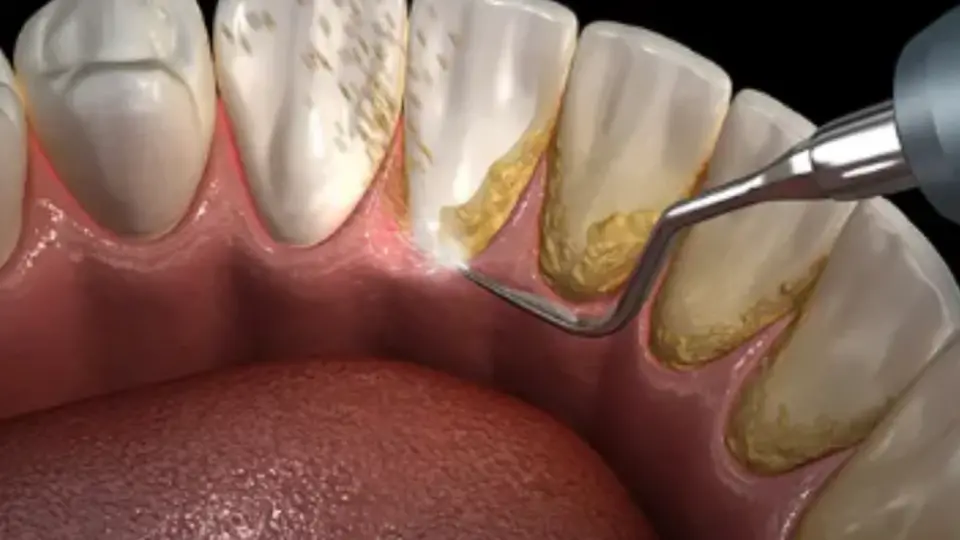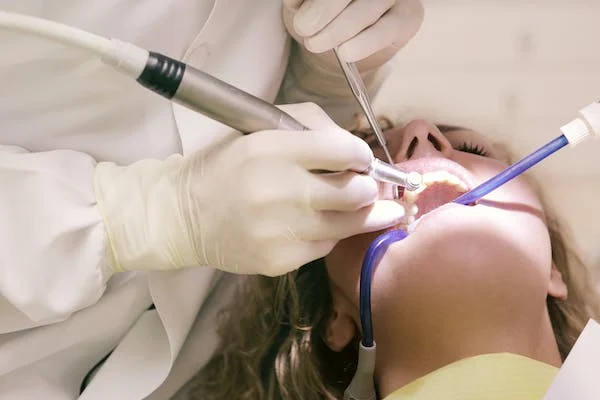Kids and the dentist? That combo often brings to mind nervous jitters and a little bit of fear. But pediatric dentists have a secret weapon that changes the whole game: play. These pros know that a waiting room full of toys and fun distractions isn’t just for keeping kids busy—it’s a smart way to understand and ease their fears.
By turning dental visits into playful experiences, they help kids feel safe and in control. It’s not just about cleaning teeth; it’s about making a visit something a child can handle without tears or tantrums.
Playful tools and creative techniques become the language pediatric dentists use to talk through fears without a single scary word. The result? Smiles that start with comfort, trust, and a little bit of fun.
How Do Pediatric Dentists Use Playful Innovation to Address Childhood Fears?
Pediatric dentists don’t just treat teeth—they treat kids, and that means addressing fears in ways that speak their language: play. Playful innovation is a carefully crafted approach that uses fun, creativity, and engagement as tools to make dental care approachable and even exciting.
- Interactive Environments: Many pediatric dental offices are designed like playgrounds, with colorful walls, themed rooms, and interactive toys or games. This immersive setting helps shift focus away from fear and onto curiosity and exploration.
- Distraction Techniques: To ease anxiety during procedures, dentists incorporate engaging distractions such as video goggles playing cartoons, virtual reality experiences, or tablets loaded with games. These tools help children divert attention from the dental instruments and sounds.
- Tell-Show-Do Method: This classic technique involves explaining each step in simple, playful terms, showing the child the instruments on a toy or their hand, and then performing the procedure. It demystifies the process and builds trust.
- Reward Systems: Giving out stickers, small toys, or certificates after appointments encourages positive reinforcement. This helps children associate dental visits with rewards and accomplishment rather than fear.
- Use of Friendly Language: Instead of clinical jargon, pediatric dentists often use imaginative and playful words—calling the suction tool a “water vacuum” or the drill a “tooth tickler.” This makes the experience less intimidating.
By integrating play into every stage of dental care, pediatric dentists break down barriers of fear and create an atmosphere where children feel safe and empowered.
What Role Does Playfulness Have in Calming Children During Dental Visits?
Playfulness isn’t just a gimmick—it’s a vital tool that directly impacts a child’s emotional state during dental visits. When children are engaged in play, their brains release dopamine and endorphins—chemicals that reduce stress and promote feelings of happiness and safety.
- Building Familiarity: Playful activities familiarize children with the dental setting and staff, reducing the “stranger danger” factor.
- Empowering Control: Allowing children to play with dental models or instruments under supervision gives them a sense of control over the situation.
- Creating Positive Associations: Play turns the dental office from a place of fear to a place of fun, fostering positive memories that encourage regular visits.
- Reducing Behavioral Issues: Calmer children are easier to work with, reducing the need for sedation or restraints and making procedures safer.
- Encouraging Cooperation: Play encourages children to follow instructions and engage actively, improving the effectiveness of treatments.
In essence, playfulness acts as a soothing balm, transforming anxiety into trust, tears into smiles, and hesitation into excitement.
How Can Innovative Techniques Improve a Child’s Dental Experience?
Beyond playful decor and games, pediatric dentists employ a range of innovative techniques designed to enhance comfort, reduce pain, and build lasting confidence.
- Laser Dentistry: Using lasers for cavity treatment or gum procedures reduces noise, vibrations, and discomfort, making the experience less scary.
- Behavioral Modeling: Dentists may demonstrate procedures on dolls or let children “practice” first, easing apprehension.
- Music and Aroma Therapy: Calming music and child-friendly scents like vanilla or bubblegum help create a relaxing multisensory environment.
- Nitrous Oxide (“Laughing Gas”): When necessary, gentle sedation techniques such as nitrous oxide are used to ease anxiety safely without full sedation.
- Digital Imaging: Fast, radiation-minimizing digital X-rays mean less time and discomfort, speeding up diagnosis and treatment planning.
- Personalized Care Plans: Dentists work closely with parents and children to tailor treatments according to each child’s fears, temperament, and developmental stage.
These innovations demonstrate a commitment to putting children first, ensuring that dental care isn’t just effective but also gentle and joyful.
Why is Understanding Childhood Fears Important For Pediatric Dental Care?
Childhood fears are complex and rooted in various factors such as previous experiences, developmental stages, and individual temperament. Understanding these fears is crucial because:
- Improved Patient Experience: Recognizing what scares a child allows dentists to adapt their approach, making visits less traumatic.
- Better Oral Health Outcomes: Fear often leads to avoidance of dental care. Addressing anxiety head-on encourages regular check-ups, preventing serious dental problems.
- Building Lifelong Trust: Positive early experiences foster trust in dental professionals, increasing the likelihood of good oral hygiene habits.
- Tailored Communication: Children process information differently; understanding their fears helps dentists communicate more effectively and empathetically.
- Family Reassurance: Parents also benefit from knowing that their child’s fears are understood and managed professionally, creating a supportive environment.
- Reduced Need for Sedation: The more effectively fears are managed through playful innovation and understanding, the less often sedation or general anesthesia is needed, which carry risks and costs.
Pediatric dentists are more than tooth doctors—they are experts in childhood psychology, creativity, and compassionate care. Through playful innovation, they decode the complex language of childhood fears, turning anxiety into adventure and making dental health a positive, even enjoyable, part of a child’s life.
If you’re a parent, knowing that your child’s dental care is designed with both fun and science means you can relax, too. The right pediatric dentist doesn’t just fix teeth—they build confidence, resilience, and trust, one playful smile at a time.
Next time your little one’s dental appointment rolls around, remember: behind every gentle touch and cheerful sticker is a whole world of innovation aimed at making their experience as joyful and fearless as possible. Because when dentistry feels like play, healthy habits last a lifetime.
Kinder Dental Experience with Cascade Dental
At Cascade Dental, we know every child is different—and so are their fears about the dentist. That’s why we mix playful creativity with expert care to make visits feel safe, comfortable, and even fun. Our team specializes in gentle communication, distraction, and positive encouragement, all tailored to your child’s unique needs.
With colorful, kid-friendly rooms and the latest technology, we make sure every appointment is a positive step toward lifelong healthy smiles. We also work closely with parents, offering guidance and support to keep good habits going at home.
Whether it’s a simple check-up, cavity treatment, or early orthodontic check, our goal is to help your child feel confident and cared for. At Cascade Dental, we turn childhood fears into happy moments with kindness and innovation. Schedule your child’s visit today and see how we make healthy smiles happen—with less worry and more joy.


